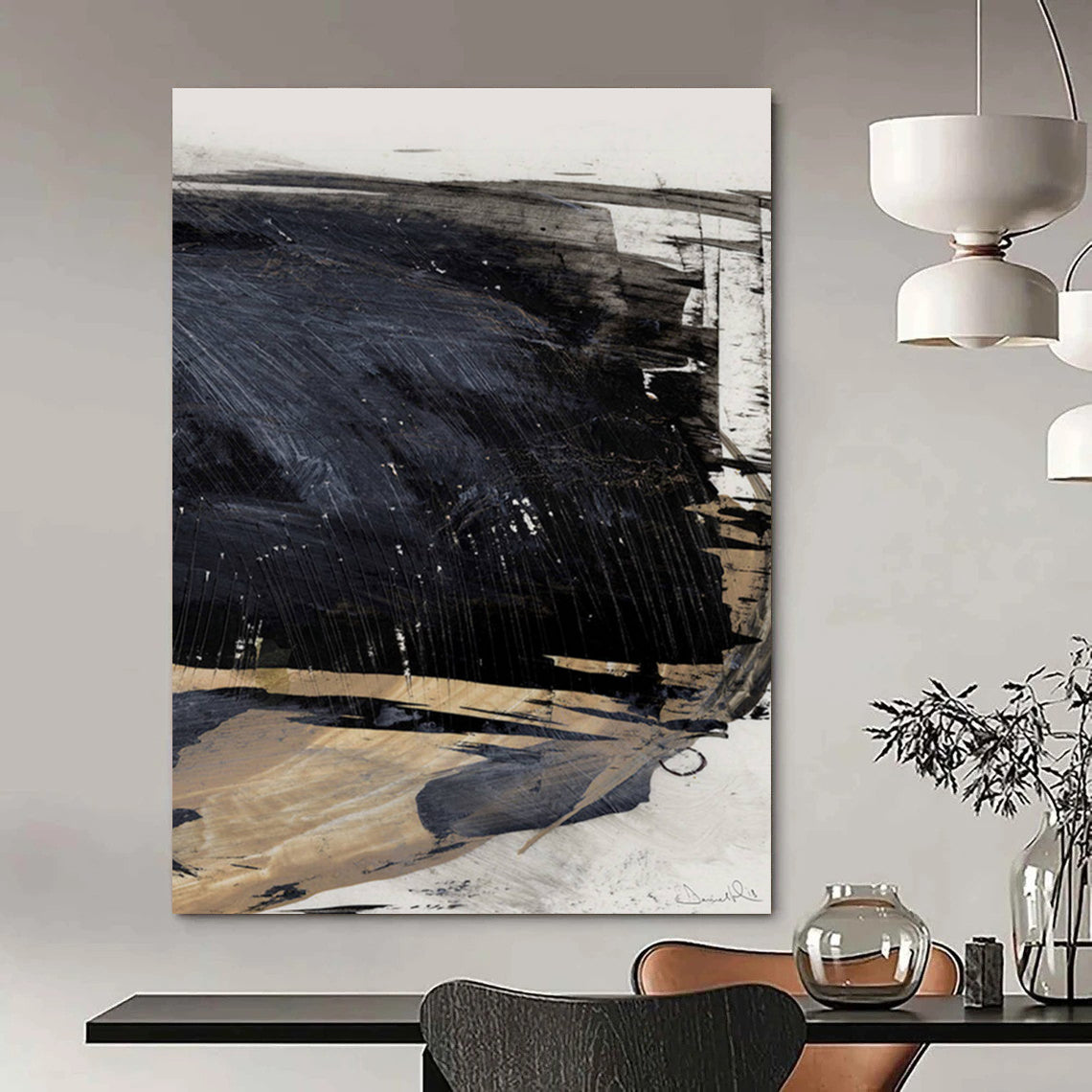Geometric Wall Art is more than just decoration—it's a profound artistic language that blends mathematical precision and creative freedom. It brings bold shapes, clean lines, and striking patterns into our living spaces, transforming them with a sense of order, balance, and contemporary flair. This style of art has an enduring relevance in interior design, adapting seamlessly to various aesthetics from minimalism to eclecticism and providing endless opportunities for personal expression. You can explore a curated range of this style at Geometric Wall Art.
What Defines Geometric Wall Art?
At its core, Geometric Wall Art utilizes circles, squares, triangles, and other polygons to create visual harmony. The interplay between these shapes evokes a feeling of symmetry and structure, which appeals to our innate desire for balance. Whether rendered in monochrome or vibrant colors, geometric pieces energize spaces and often become striking focal points that anchor a room's design. They can also create illusions of movement and depth, making walls feel dynamic and alive. To learn more about how geometric wall art transforms spaces, see the Eye Catching Geometric Wall Decor article.

The Artistic Legacy: Famous Geometric Painters
Many renowned artists have drawn inspiration from geometry, reshaping the trajectory of modern art. Here are two pioneers whose work epitomizes geometric abstraction:
Piet Mondrian
Often called the "father of geometric art," Piet Mondrian revolutionized painting by organizing primary colors into harmonious grids divided by bold black lines. His masterpiece, Composition with Red, Blue and Yellow, exemplifies intellectual clarity and visual impact. Mondrian’s style, associated with the De Stijl movement, has influenced everything from architecture to graphic design. You can read more about this iconic work on its Wikipedia page and view the painting itself on WikiArt.
Kazimir Malevich
Kazimir Malevich, founder of Suprematism, broke away from depicting real-world objects and focused on pure geometric forms. Iconic paintings like Black Square and Suprematist Composition challenged traditional art definitions. Malevich’s bold use of simple shapes has paved the way for abstract and minimalist art worldwide; explore his work further at the 1st Art Gallery and view original paintings at the MoMA collection.
Other celebrated names in geometric abstraction include Sonia Delaunay and Josef Albers, whose innovations continue to inspire both modern artists and interior designers.
Why Geometric Wall Art Dominates Modern Interiors
Geometric art offers a timeless appeal and unparalleled versatility. It fits effortlessly into a range of décor styles—from Scandinavian simplicity to industrial chic—bringing a sense of rhythm and structure that’s aesthetically pleasing and emotionally grounding. Whether crafted as canvas prints, metal sculptures, or wooden installations, geometric patterns add depth, vibrancy, and sophistication. For expert ideas on incorporating geometric art, see the Best Geometric Wall Decor Ideas.
Notable trends include circular and curved designs, offbeat mirror shapes, and multidimensional installations that amplify spatial perception and harmony.
Geometric Wall Art: A Link Between Art and Science
What makes geometric wall art so captivating is its ability to bridge art and mathematics. The use of repetitive patterns, symmetry, and structured forms appeals intellectually, while bold colors and arrangements spark emotional resonance. Mandalas, for example, represent spiritual wholeness through intricate, symmetrical geometric patterns rooted in ancient traditions. To explore the meaning and lasting impact of geometric art, read this insightful Geometric Art Explained article.
Further Inspiration and Authority Sources
For deeper insights and the latest trends, explore these authoritative resources:
-
Discover Innovative Geometric Wall Art Ideas for fresh design inspirations.
-
Explore the legacy of mid-century art in Abstract Geometric Bauhaus Prints and Wall Art.
-
Stay updated with current styles in Wall Art Trends 2025.
Frequently Asked Questions
What is Geometric Wall Art?
Geometric Wall Art features artworks defined by the use of geometric shapes—such as circles, squares, and triangles—that create visually engaging and balanced compositions.
Who are the most famous geometric abstract artists?
Piet Mondrian and Kazimir Malevich are among the most celebrated. Other significant artists include Sonia Delaunay, Josef Albers, and Vera Molnar.
How does Geometric Wall Art enhance interior design?
Its structured patterns and bold forms provide a dynamic focal point, enhance spatial harmony, and suit a wide variety of décor styles.
Is geometric art always abstract?
Most geometric wall art is abstract, but some pieces use geometry to stylize recognizable forms or patterns.
Where can I buy authentic geometric wall art?
You can browse a curated collection at Geometric Wall Art and explore up-to-date industry trends through the blogs and resources provided above.
Geometric Wall Art synergizes science with emotion and tradition with innovation—making it the perfect choice to elevate your space with timeless beauty and modern sophistication.

